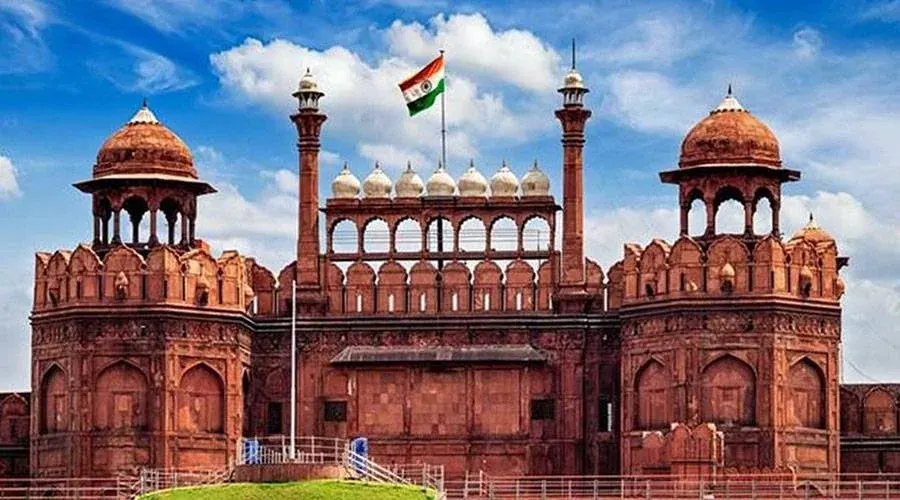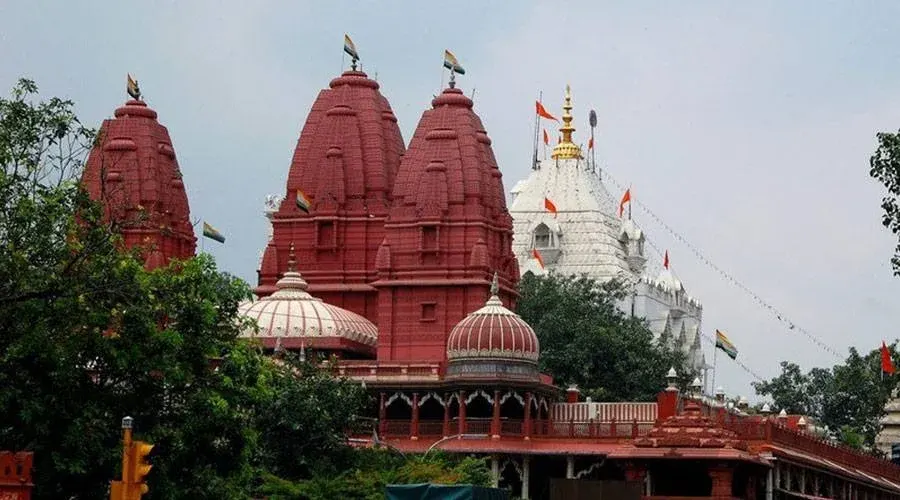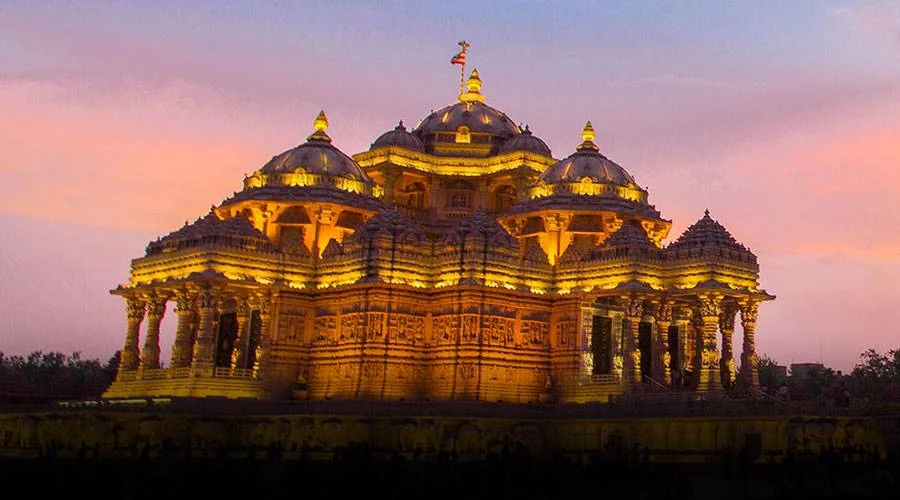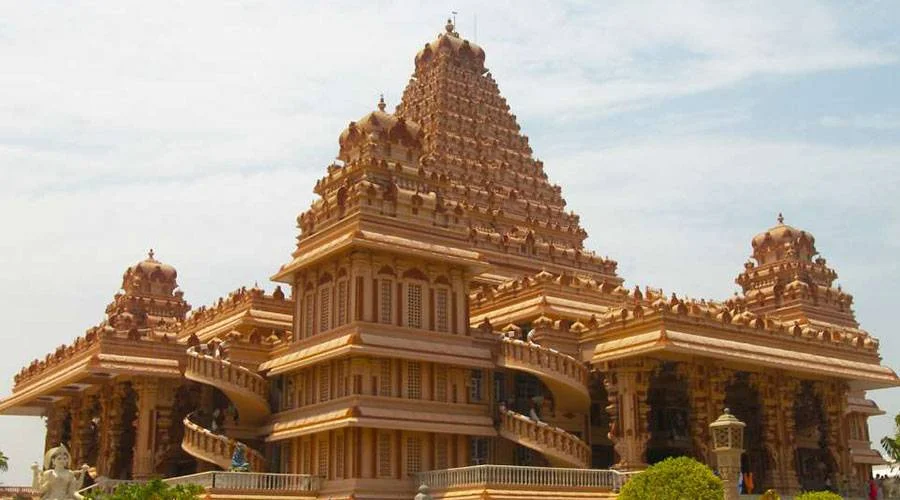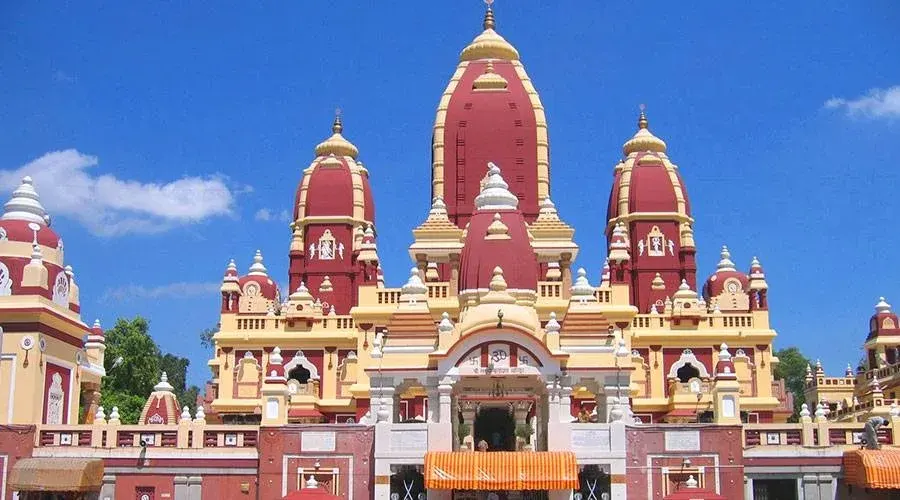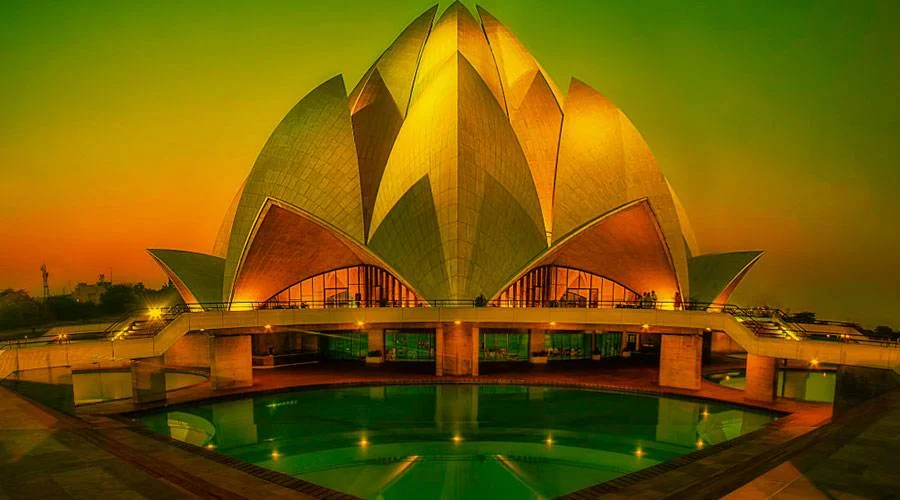Tughlaqabad Fort, Delhi
Tughlaqabad Fort is a ruined fort in Delhi built by Ghiyas-ud-din Tughlaq, founder of the Tughlaq dynasty and ruler of Delhi Sultanate in 132. Located near the Okhla industrial area, the fort is one of the most beautiful specimens of Islamic architecture.
Along with the high walls, palaces, and citadel, the great gateways, the fort area also have the mausoleum of the founder and first ruler of the fort - Ghiyas-ud-din Tughlaq and his wife and son. It took four years to construct the fort, and15 years later, it was abandoned. It is said that Sufi saint Nizammudin Auliya cursed Tughlaqabad as a punishment for the arrogance of Ghiyasuddin. The fort is believed to be haunted by djinns.
Adilabad Fort, a small fort built by Muhammad-bin-Tughlaq is located around 2 km from the fort. The two forts were earlier separated by a reservoir that stood between the two hills, but it dried up now.
History
Tughlaqabad Fort was established during 1321-1325 AD by the first ruler of the Tughlaq dynasty named Ghiyasu' d-Din Tughlaq. It is believed that in 1321 Ad Ghazi Malik defeated Khalis and changed his name to Ghiyasu' d-Din Tughlaq and then he started the Tughlaq Empire. He promptly began to build his described city, which he used to dream, and along with the city an obscure and beautiful fort that will stand high and protect the city.
After Tughlaq came in power, his primary concern was to build a capital that was strong enough to defend against the Mongol attacks and provided security to citizens. So, Tughlaqabad Fort was constructed in a short period of four years due to which the Sufi fakir known as Saint Nizamuddin Auliya, got angry on the Ghiyasu' d-Din Tughlaq for engaging all the workers in the construction of the Fort. The saint cursed the fort and it is said that the curse led to the downfall of the Tuglaq dynasty.
Architecture
Although the fort has been ruined still the remains depict its beauty. The Military style of architecture can be seen here as the Fort was built to serve the purpose of protection of the city. You can see the beautiful blend of Islamic and Hindu designs. Thick walls were built using enormous blocks of stones.
The fort is standing on a high outcrop of rock and has a defensive function that is high enough to stand strongly against any attack. Rubble masonry along with huge sandstone blocks was used to make the shape of the structure. Tughlaqabad was built by dividing it into three sections: a palace section, a citadel and, the residential city, and all the sections were built with different beauty.
The entire structure was made to provide proper security to the citizens. The most interesting and creative feature of this Fort is the underground passage which also has chambers built alongside and was connected to the palace section. The fort has pointy barbicans which enclose the tomb complex and has a circular bastion with a defensive barbicans-like barrier.


